A Way Out: Experiment #99 - Post Mortem
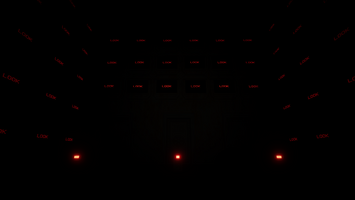
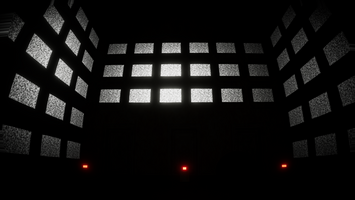
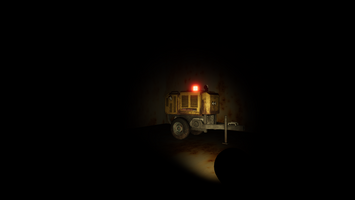
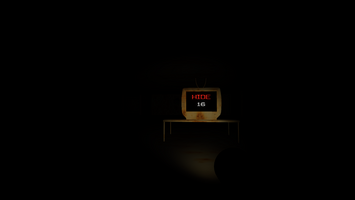
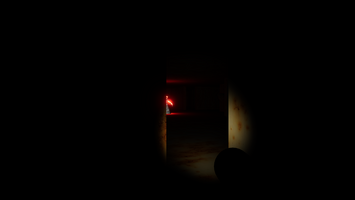
A Way Out: Experiment #99 - Post Mortem
Name Shortened to AWO.
Overview:
AWO is the sequel to the game by the same name. This instalment expands on the story significantly and build up tension for the final act. AWO in my best work when it comes to environment, art, and cohesion. Since this game, and it predecessor, are far smaller in scope than most of my other projects (these are designed to be experiences, rather than technical feats), I wa able to spend a lot more time polishing them. The goal of the AWO series in essence is to discover how games in a series impact each other in terms of traffic and downloads. That said, the first AWO has been my best performing game at over 160 downloads at the time of writing. I am very interested in seeing how that number changes with the release of the second, much better, game.
Technical -
This game was by no means meant to be a technically impressive project. The only technology which could be even be considered remotely complicated was the multilevel A* pathfinding algorithm. Most time spent on this project was to create a scary and entertaining experience for the player. That mostly included design, art, and story.
Story -
The story of AWO was developed significantly in this entry, but this portion of the Post Mortem will be focused on how the story was conveyed rather than the story itself. There are two primary ways story information is given to the player. The first being loud speakers located around the facility so the researchers can speak to the player. The second are TV’s located around the game which display static if they are not communicating with the player by flashing one word at a time. There are two “entities” which use the TV’s to communicate, the researchers and the facility itself (it is sentient). The player learns that when the text is green, the facility (which the player will believe is benevolent to some degree) is communicating, and when the text is red, the researchers are. This provides a nice dichotomy. The player will have mixed feelings about the TV sets. On one hand the TV sets are evil, and inform the player of the rules they must follow to survive the horrible experiments. However, on the other hand the TV sets are the only means of comfort for the player as that is how the only seemingly kind character can communicate with the player. There are a number of times when a multitude of TV sets are in one room, all of which flash the same words at the same time. This is ment to fill the player with a sense of overwhelming force. Almost like they truly have no other option other than to obey what the screens tell them. These factors combine to create, in my opinion, a very effective method of storytelling.
Art -
The general art design of AWO is that of a run down, forgotten, yet massive and menacing facility. Rusted metal seems to be the only building material anything is made out of. However, where the art shines in the second is in the design of rooms 2 and 3. In both of these rooms the player is faced with hundreds of TVs which will interact with the player. In room two the TVs bark direction, and in room 3, the TVs are the players only means of escape. It is very hard to put into words why the overwhelming amount of TV screens works so well. Therefore I will stop trying.
Conclusion -
In conclusion, I believe that AWO: Experiment #99 is a very worthy successor to AWO even though the games are so vastly different. The sequel aims more to advance story beats while providing an entertaining experience, whereas the original provided more engaging moment to moment gameplay, but had a very narrow scope. In AWO: Experiment #99 the player is faced with a large variety of challenges, multiple ways to solve each one, and a lower difficulty as to ensure that each player has a very good chance of seeing the ending.
Get A Way Out - Experiment #99
A Way Out - Experiment #99
Sequel to A Way Out
| Status | Released |
| Author | Matthew Ager |
| Genre | Survival |
| Tags | 3D, Atmospheric, First-Person, Horror, PSX (PlayStation), Psychological Horror, Short, Singleplayer, Survival Horror, Unity |
| Languages | English |
| Accessibility | Color-blind friendly |

Leave a comment
Log in with itch.io to leave a comment.